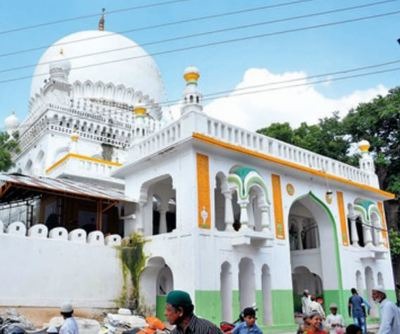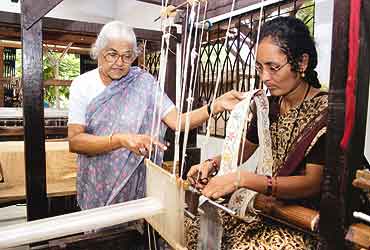Hyderabad, TELANGANA (Formerly ANDHRA PRADESH ) :

Hyderabad :
Hazrat Syed Khaja Hussain Shah Wali. The very mention of this revered name evokes spirituality and science. The saintengineer of the early Qutub Shahi period was responsible for the picturesque Hussainsagar that once irrigated vast stretches of green belts and quenched the thirst of thousands of people in the Hyderabad of yore. He also designed the Purana Pul, Hyderabad’s first bridge across the Musi. With the unique distinction of witnessing the reign of three Qutub Shahi kings, Hussain Shah Wali also oversaw the execution of the world’s first food-for work programme.
Sadly, large parcels of prime land attached to the grand mausoleum, where his mortal remains are buried, have fallen prey to land sharks.The mausoleum once had about 2,000 acres, but today only a small portion is free of illegal occupation. Encroachments have come up all around the mausoleum in utter disregard to the city’s spiritual and engineering heritage. Even the road leading to the dargah (tomb) is not free of encroachments. As if this was not enough, those manning the dargah have whitewashed the tomb built of stone and lime mortar, thus robbing it of its original beauty. Earlier, the managing committee had painted the tomb green. This is in clear violation of conservation rules. Neither the state Waqf Board nor the archaeology department has taken cognizance of this blatant violation.
“Heritage sites built of stone and mortar are not to be whitewashed or painted. Cement is never used for restoration as it is like cancer to mortar. The tomb was built during the reign of Abdullah Qutub Shah VII. Bad and unscientific upkeep has made the structure weak,” said city historian Dr Mohammad Safiullah, demanding that the tomb be restored by the government on the lines of the Qutub Shahi tombs where experts from the Aga Khan Development Network (AKDN) are working.
Hussain Shah Wali was the son-in-law of Ibrahim Qutub Shah IV. He was the head of all civil works in the kingdom. He built Hussainsagar in 1562. The saint-engineer died in 1620 and the tomb was constructed later by Abdullah Qutub Shah VII.
source: http://www.timesofindia.indiatimes.com / The Times of India / News> City News> Hyderabad News / by Syed Akbar / TNN / October 29th, 2017









